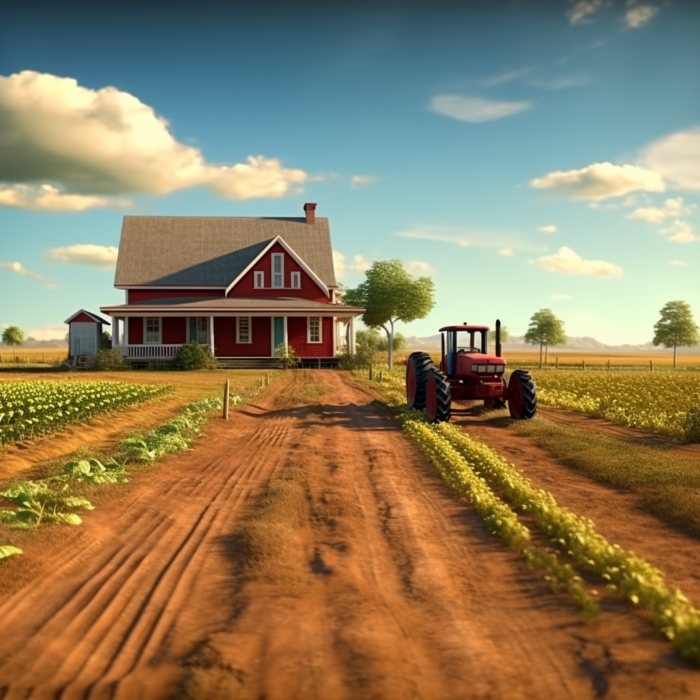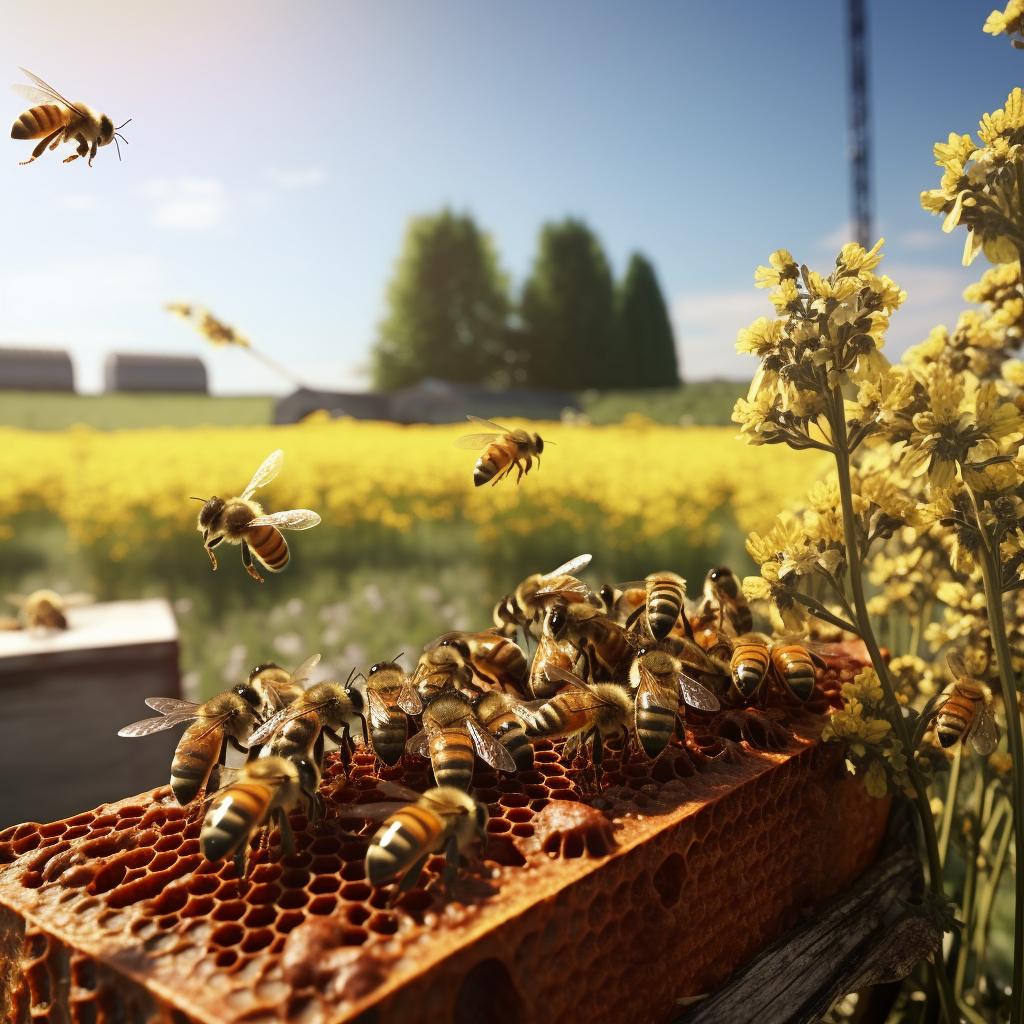
Soil health is the foundation of sustainable agriculture and the key to combating climate change. With the looming threats of environmental degradation and global warming, ranchers are taking center stage in the effort to restore soil health.
By adopting both innovative and regenerative practices, these eco-conscious land stewards are revitalizing the earth beneath their feet. This article explores the remarkable ways in which ranchers are leading the charge in restoring soil health.
1. Embracing Regenerative Agriculture for Sustainable Soil
At the forefront of soil health restoration, ranchers are embracing the principles of regenerative agriculture. This holistic approach transcends mere sustainability, focusing on revitalizing soil health and enhancing overall biodiversity. By promoting cover cropping, no-till farming, and diversified crop rotations, ranchers bolster soil structure, reduce erosion, and minimize reliance on synthetic fertilizers. Consequently, they foster a healthier and more resilient soil ecosystem.
2. Implementing Holistic Grazing Techniques
Holistic grazing stands as a transformative practice for ranchers seeking sustainable soil restoration. By mimicking the natural movement of wild herds, ranchers avoid overgrazing and allow pastures to recover adequately. This method not only promotes grass regrowth but also encourages the growth of deep-rooted plants, further enhancing soil structure and boosting carbon sequestration.
3. Cover Cropping: A Powerhouse for Soil Enrichment
Another potent tool in soil restoration is cover cropping. Ranchers strategically plant cover crops during the off-season or alongside cash crops. These cover crops serve as guardians of the soil, protecting it from erosion, suppressing weeds, and nurturing beneficial soil microbes. Some cover crops also act as nitrogen fixers, enriching the soil with vital nutrients and reducing the need for synthetic fertilizers.
4. Composting and Organic Matter Integration
Composting emerges as a natural means for ranchers to fortify soil health organically. By recycling organic waste and livestock manure, they create bot only nutrient-rich compost that enhances soil fertility, but also promotes water retention, and bolsters carbon sequestration. The incorporation of organic matter boosts microbial activity, aiding nutrient breakdown and making them more accessible to plants.
5. Conservation of Riparian Areas for Thriving Soil
Another key point is ranchers recognize the pivotal role of riparian areas in soil health restoration. These zones, situated alongside water bodies, harbor diverse flora and fauna crucial to a balanced ecosystem. By preserving riparian areas, ranchers not only prevent soil erosion, but also filter runoff pollutants, and maintain water quality, culminating in healthier ecosystems and improved soil conditions.
6. Precision Agriculture and Technology Integration
Modern technology serves as a game-changer in soil health restoration efforts. Ranchers harness precision agriculture tools like soil sensors, satellite imagery, and data analytics to monitor soil conditions with precision. As a result, This data-driven approach enables them to make informed decisions about water and nutrient management, leading to more efficient resource use and healthier soil.
7. Collaboration and Knowledge Sharing for Collective Impact
Restoring soil health is a collective endeavor, and ranchers actively promote collaboration and knowledge sharing. Engaging in partnerships with agricultural researchers, conservationists, and fellow ranchers, they exchange ideas, share best practices, and find innovative solutions for sustainable land management.
In conclusion, by preserving and enhancing soil health, ranchers are creating a sustainable and resilient future for agriculture while safeguarding our planet’s well-being. As we celebrate their efforts, let us continue to support and amplify the impact of ranchers in rejuvenating the earth for generations to come.








